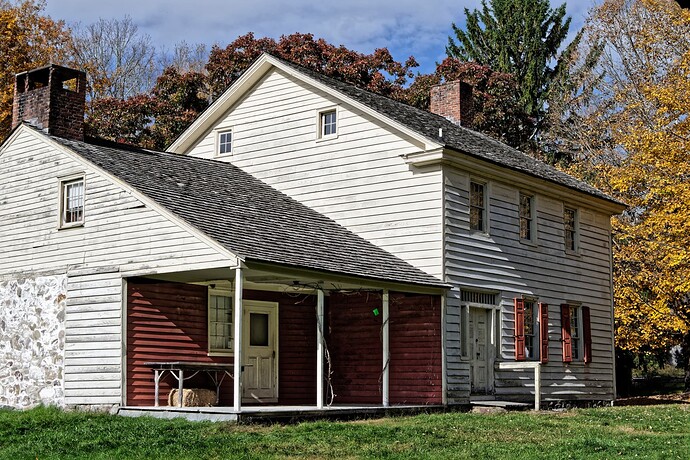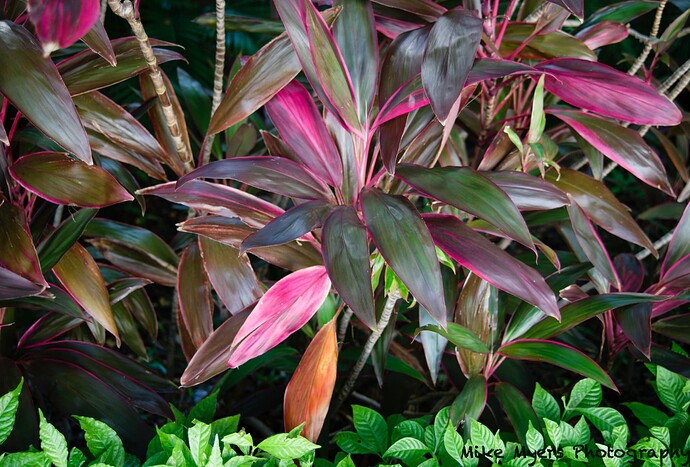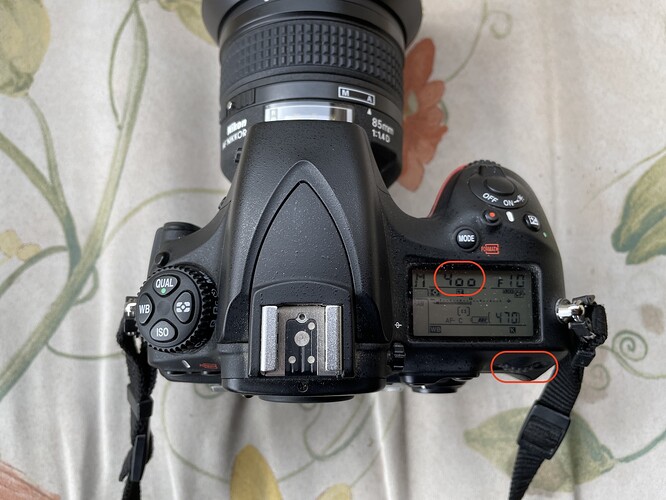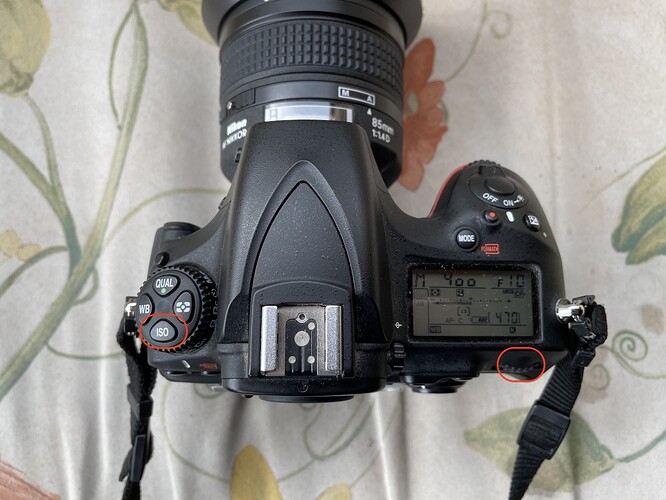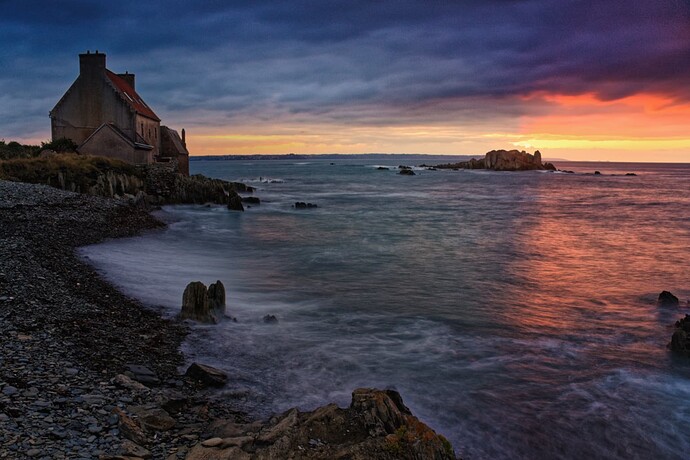I see no reason why you have to struggle with the images from your M10 with the Voigtlander lens. If you can edit your raw files in PhotoLab than you should be able to get good results assuming your original images was well framed, well exposed and well focused. These days I use a Nikon Z fc retro mirrorless camera and the lenses I use most often on it are various fast wide angle manual focus primes. including those from Voigtlander, TTArtisan and Laowa. I set ISO, aperture and shutter speed manually and focus manually. Editing my raw images in PhotoLab takes no more effort then it does when using an autofocus lens and all the internal features that support it. I agree with most of your points but that doesn’t mean you can’t achieve your goals using your Leica and your lens of choice. It just may take a greater amount of effort.
Now that I have gone mostly fully manual I have begun to enjoy photography much more than I have in years and I spend a greater amount of time considering each image before hitting the shutter button. The attached image was captured at Millbrook Village, a late19th century rural community restoration in the Delaware Water Gap in northwestern New Jersey. I used my Nikon Z fc with a very small TTArtisan 35mm f/1.4 manual focus lens. While I would have preferred to capture the entire building, the 35mm limited my framing because I could not step back any further due to a building just behind me. Even so I generally prefer prime lenses because they sometimes force me to view the world differently. This raw file was edited in PhotoLab 6.
I assume you know that many, if not most, manual focus lenses add their own character and color rendering into the mix and the results are often not the kind of clinical accuracy that many photographers seem to prefer today. While it may not be your cup of tea, I was happy with the results I got editing this image in PhotoLab and exporting it using DeepPRIME XD.
Mark
